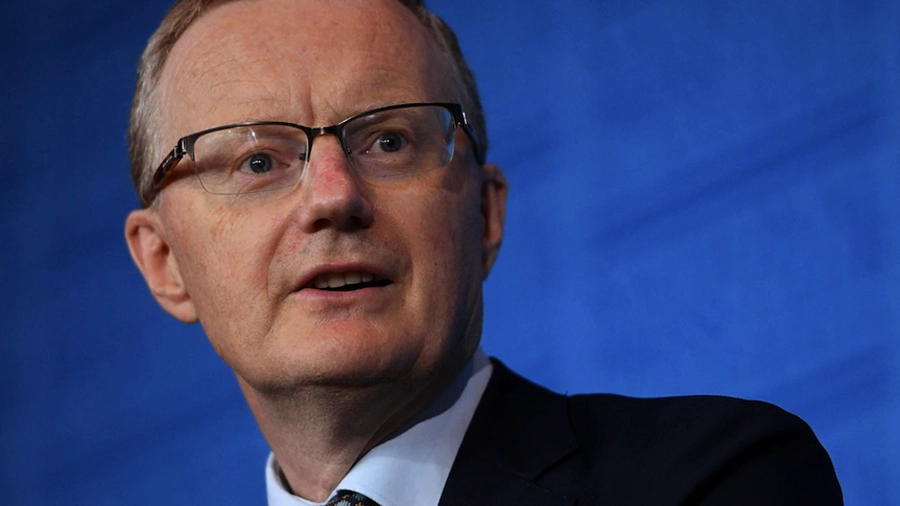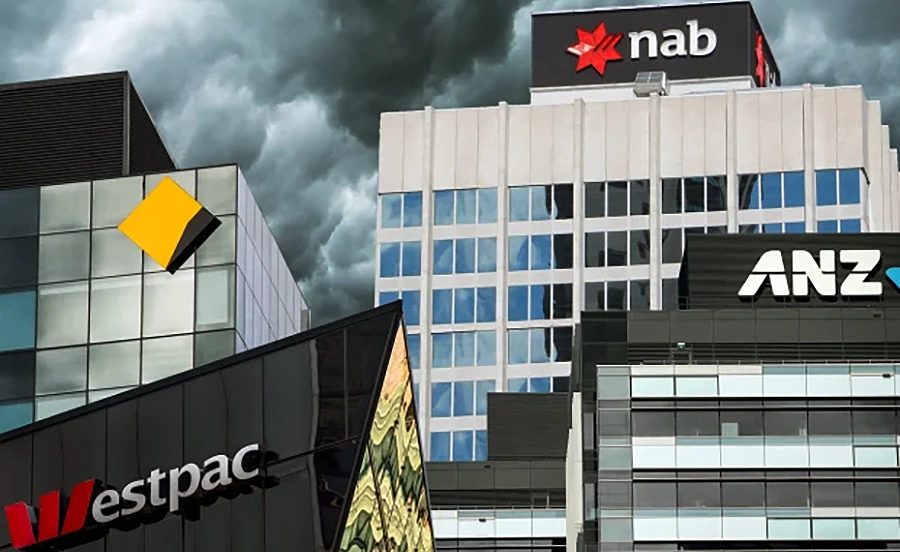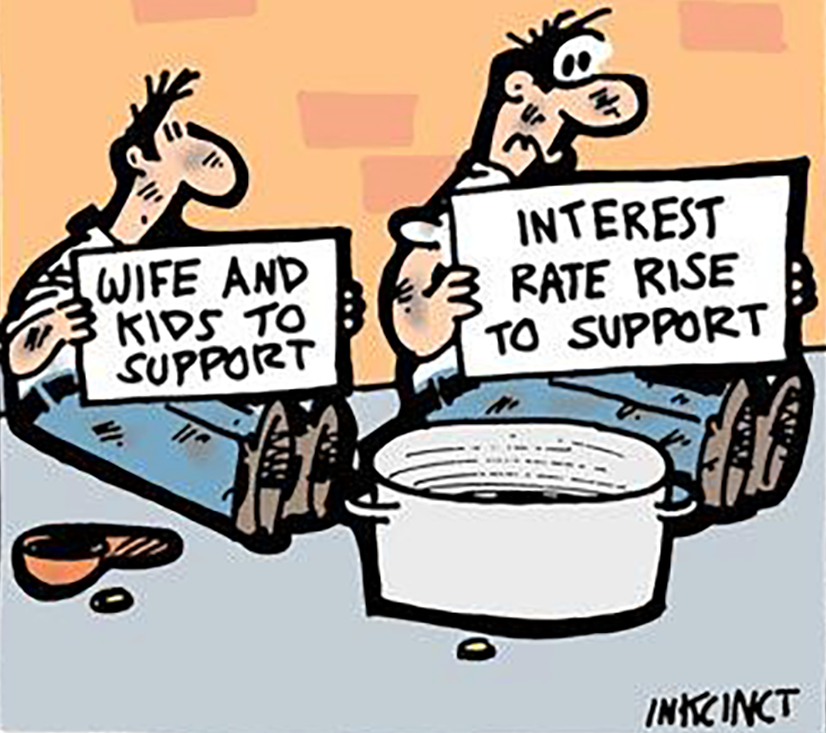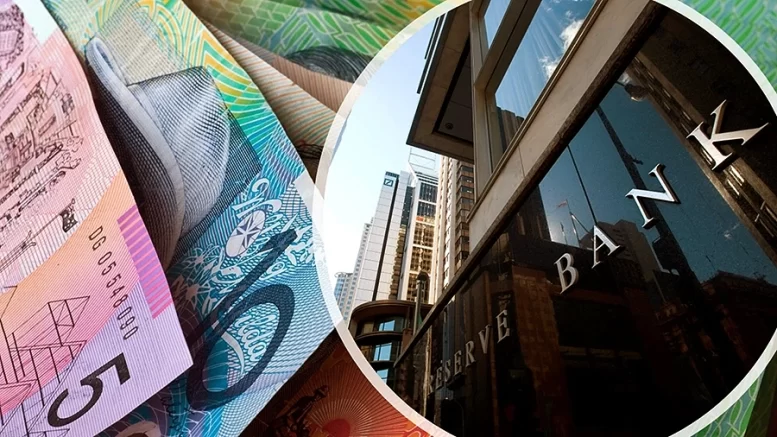Contributed by Joe Montero
We know that this Wednesday the Reserve Bank did not increase the interest rate and thereby deviated from the previous 10 months of rises. The bad news is that its governor Philip Lowe said this is a once off and the interest rate will be going up again. There has been no change in direction.
The truth is that this has been a political move to try to cushion the angst from the ending of fixed rate mortgages that will add up to $1000 of extra payments every month for one owing $600,000 on a mortgage. This is devastating news for the many who will be hit.
Another reason is that the independent review of the Reserve bank already in the government’s hands is due for public release, and there is an incentive to build the bank’s standing in the Australian community.

Photo by Dan Himbrechts/AAP: Philip Lowe the Governor of the Reserve Bank
It’s hardly surprising that the government is worried about the political fallout.
Why is this happening then? The simple way to put it is this. It is a way to help push up the bottom line of the banks. The government could step in to stop it. As long as it remains wedded to the ideology of the market, except when it comes to government giving it a helping hand, there will be no change.
This is cold comfort to those who will pay the price, and fixed rate mortgages have been mainly taken up by working Australians on lower wages, and who are already closest to the tipping edge with the rising cost of living.
The main arguments used to justify increasing the cost of mortgages are that inflation has peaked and will start going down, an increase in wages is in the wings, and house prices are going down. The rationale is that Australians can now afford to pay more.
Evidence of this is scant. What there is points the other way. It suggests that the cost of living will continue to rise, that inflation has not peaked, and wage rises will continue to be less that the increasing cost of living. The real estate market is fickle, and a falling value of a property doesn’t make it easier to pay the mortgage. Add that very short-term ups and downs are being used to obfuscate the real trends that are far less reassuring.

Image by Ryan Stuart: The banks will be the beneficiaries for higher mortgage costs
Furthermore, the claimed fall in inflation is based on selective data. For example, the price of petrol falls one day and skyrockets on the next. Fruit and vegetables are always cheaper in the summer than they are in the winter.
A good test of the cost of living is the rise or otherwise of retail spending. In February, the month of the most recent released figures, this grew by a mere 0.2 percent. Less than the 0.6 percent rise in prices, and it means that the real cost of living actually increased a little but only if the increase in population is not factored in. Factor this in and this result is the cost of living grew by more than has been admitted.
Economic growth as measured by the Gross domestic Product (GPD) suggests the economy expanded by 0.5 per cent in the three months to December last year. Well, not really. Population growth is left out of the figures once again. Take this into account and the economy entered a decline.
Although it is said that more jobs are being created, this is also less than the growth in population and the workforce. A high percentage of the new jobs created this year has been due to the seasonal work coming into season. Take this away and the supply of available permanent jobs has been falling for 6 months.
Business confidence has slipped into the negative territory according to the National Australia Bank’s latest survey.
Increasing the cost of housing will further damage the prospects for economic growth. A higher percentage of stretched incomes devoted to housing means less capacity to spend on other needs, and this translates into a shrinking market, pressure on business, loss of jobs, and more.

Let’s not forget the headwinds blowing from the global economy, and their negative impact on inflation, debt, investment, overseas markets and more. The global economy is contracting. It is only the growth of China, India, and to a lesser extent Russia that is keeping its head above water. But this is another story. The point is that a storm is brewing, and Australia will be caught up in it.
To sum up. The interest rate rise has not come to a stop and the cost of living continues to rise in an economy that is not performing so well. This is an especially bad time to be handing over more profit to the banks.
It would be much better to put attention to a comprehensive plan for a large scale increase in the supply of affordable housing, impose a roof on the interest rate charged on mortgages, draw up a plan to rebuild Australian industries to grow the economy and provide jobs, and allow an increase in wages that is sufficient to build the domestic market, and therefore be another engine for the growth of the economy.
The only thing standing in the way is the lack of political will to do so from the Australian government and opposition.
We must come to understand that a different way is possible.


Be the first to comment on "Reserve bank moves to counter the flak from the rising cost of living"